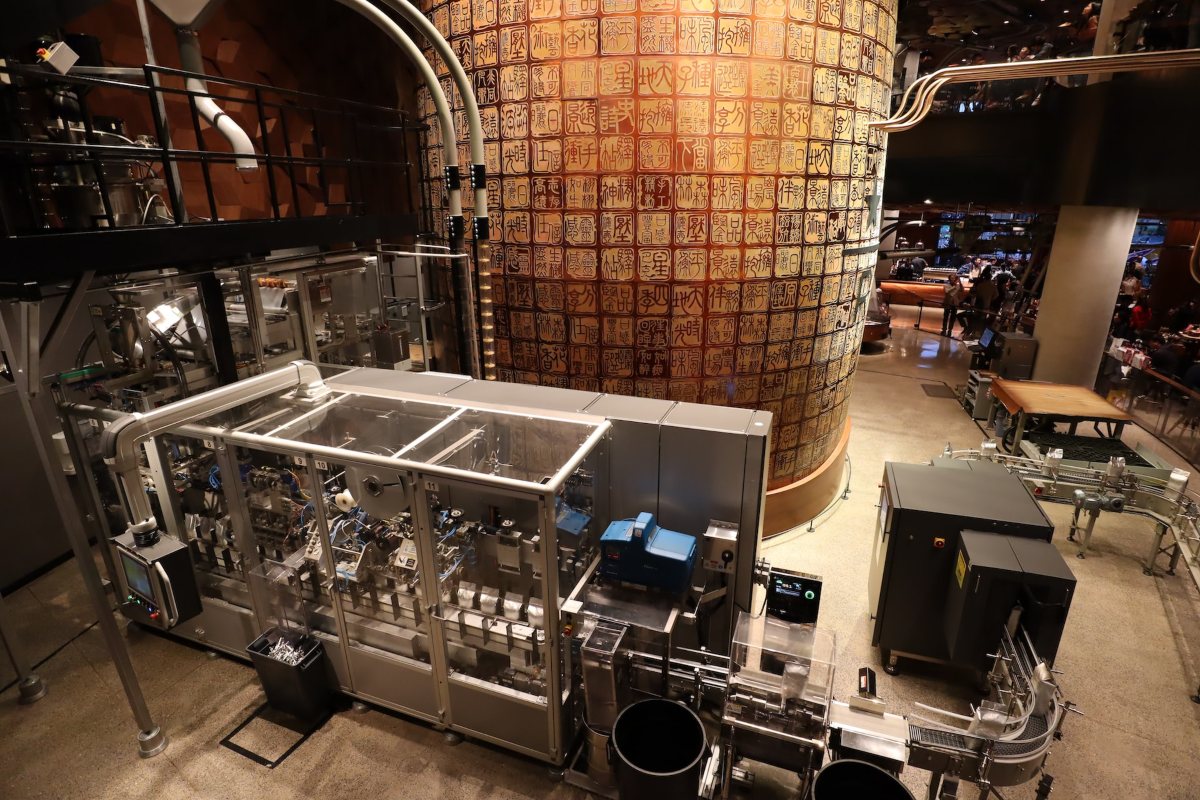We constantly look for smarter, more effective ways to handle our daily operations, from complex machines that make our morning coffee to the sophisticated technology that keeps track of our daily workouts.
We’ve learnt to trust technology and rely on its outcomes. So, why not use the same logic in our business processes?
As the banking industry evolves, intelligent use of business processes becomes increasingly important. Here’s what you need to know about hyper automation and how it will affect the banking business.
What is Hyperautomation?

Gartner invented the term “hyperautomation” in 2019 to describe advanced technologies such as machine learning and robotics process automation (RPA) to automate manual operations.
First, however, it is necessary to mention that hyperautomation does not intend to replace human workers but rather to integrate people into the process.
Advantages of Implementing Hyperautomation In Financial Sectors
Hyper Automation can deliver unlimited upside as it adopts a synergy of powers rather than the capacities of only one. Thanks to this, organizations that invest in hyperautomation can benefit in many ways.
1. Flexibility
Hyperautomation uses numerous automation technologies (AI, ML, NLP, OCR) for process optimisation, allowing businesses to reap the benefits of using all of them concurrently or individually as needed.
For example, businesses could only use one technology process with RPA, limiting their ability to streamline multiple processes simultaneously. This enables businesses to reap previously unseen benefits of scale and flexibility.
2. Increased Productivity
Hyperautomation helps automate time-consuming business processes and tasks. As a result, team members can complete more tasks with fewer resources, freeing time to focus on higher-level tasks. Furthermore, hyperautomation is intended to supplement human workers and boost productivity.
3. Simple integration
Businesses can easily integrate all of their digital technologies and assets across their entire processes and legacy systems, thanks to hyperautomation.
This allows teams to access data easily, but more importantly, it enables simple and efficient interdepartmental communication across entire organizations.
4. Automated Processes
Whether repetitive or requires knowledge, strategy, and logical thinking, hyperautomation adds intelligence to RPA, allowing you to automate many processes while minimizing manual labor. This implies that your employees may focus on more vital, innovative tasks while Hyperautomation handles the rest.
5. Encourages Team Collaboration
Everyone and everything is linked through hyperautomation. It encompasses everyone from your financial teams to your IT, as part of a new transformation.
RPA, intelligent tools and software robots interact with users across all organizational activities, making collaboration easier.
6. Advanced Analytics And Insights
Businesses frequently fail to identify inefficiencies, identify what needs to be addressed, and consistently optimize their operations for higher returns. However, corporate executives want deep insights from their data, which can only be obtained by establishing advanced analytics capabilities.
Hyperautomation can alter organizations by allowing them to unlock the power of data, generate insights to comprehend current business patterns, and forecast future outcomes to make course corrections and modifications accordingly.
7. Enhances Business Agility
Business agility refers to the ability of your company to develop and alter as needed. You may secure endless scalability for your organization with hyper-automation.
Intelligent automation systems, whether layered or functioning in tandem, make it easier for firms to quickly adapt to changing dynamics, discover new possibilities, and grow as needed.
8. Increased Data Storage and Accessibility
The foundation of hyper-automation is software integration and processes, allowing seamless interaction between data storage and on-premises infrastructure. With multi-cloud/hybrid cloud becoming the new normal, system integration becomes critical.
This enables all systems to connect with ease, ensuring all essential systems may access data from the centralized storage. Furthermore, incorporating AI and machine learning into hyper-automation enables the production of “digital twins,” virtual representations of physical assets or processes.
9. Increased Employee Satisfaction and Engagement
Hyperautmation improves job quality by utilizing cutting-edge technology to automate manual tasks and assure increased employee contentment and satisfaction.
It also involves everyone, from programmers to business analysts, contributing to digital transformation, increasing staff engagement, and creating a more competitive and collaborative atmosphere.
10. Future Ready
Hyperautomation is more than just allowing a bot to perform several steps in a task. Rather, hyperautomation is future-ready, allowing machines to read into business processes, understand how they work, aid in their improvement, and continuously improve.
This means that even years from now, organizations will be prepared for the future and will not face the risk of their IT infrastructure becoming obsolete because hyperautomation evolves and grows alongside the enterprise.
What’s the Role of Hyperautomation in Banking & Finance?
According to Deloitte, banks and monetary organizations will likely automate the entire regulatory reporting process. Many banks already utilize robotic process automation (RPA) and cognitive intelligence technologies to help manual processes be automated around the clock with little human supervision.
Data quality is also improving, and human workers are reassigned to higher-value jobs. However, RPA may not be the whole solution for end-to-end regulatory reporting, and this is where hyperautomation will come in, though this may take time. Complete automation is frequently complex and might take years to achieve, necessitating a change in an organisation’s growth.
Furthermore, hyperautomation has the potential to drastically reduce financial losses due to fraud, accidents, and errors. According to Crowe and the University of Portsmouth’s Centre for Counter Fraud Studies (CCFS) research, global damages due to fraud were estimated to be USD 5 trillion in 2018. (6 percent of global GDP). Some of these issues can be addressed by hyperautomation, which employs RPA and Machine Learning.
As a result, employing hyperautomation for transaction processing is transparent and efficient, and the information obtained (action logs) could be used by machine learning to identify predictive patterns and trends. Furthermore, blockchain can determine the origin of funds used in a transaction.
Wrapping Up
In a fast-paced digital landscape, hyperautomation provides businesses with the tools they need to optimize and future-proof their operational processes.
As a result, banks must also optimize short-term automatable activities while adjusting to complex regulatory reporting requirements.
And they should also be implementing innovative new technologies like hyperautomation and efficient test automation services to take big and better leaps toward the future.
Read Also:
- 10 Reasons Every Small Business Needs an Automation
- How To Accelerate Your Artificial Intelligence Workload
- 21 New Future Business Ideas 2022-2030 You Need to Know
Author Bio: Vishnu Narayan works as a content writer for ThinkPalm Technologies. He is an enthusiastic writer, a tech enthusiast who primarily writes about test automation services, and an avid reader who tries to travel the world with a heart that yearns to see more sunsets than Netflix!
















